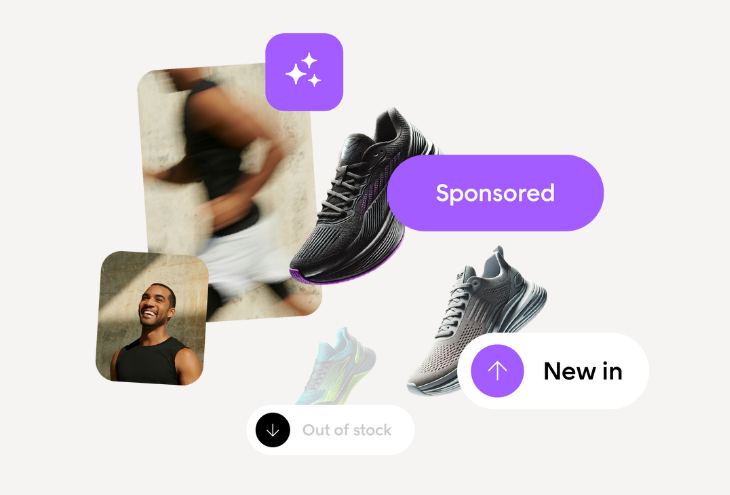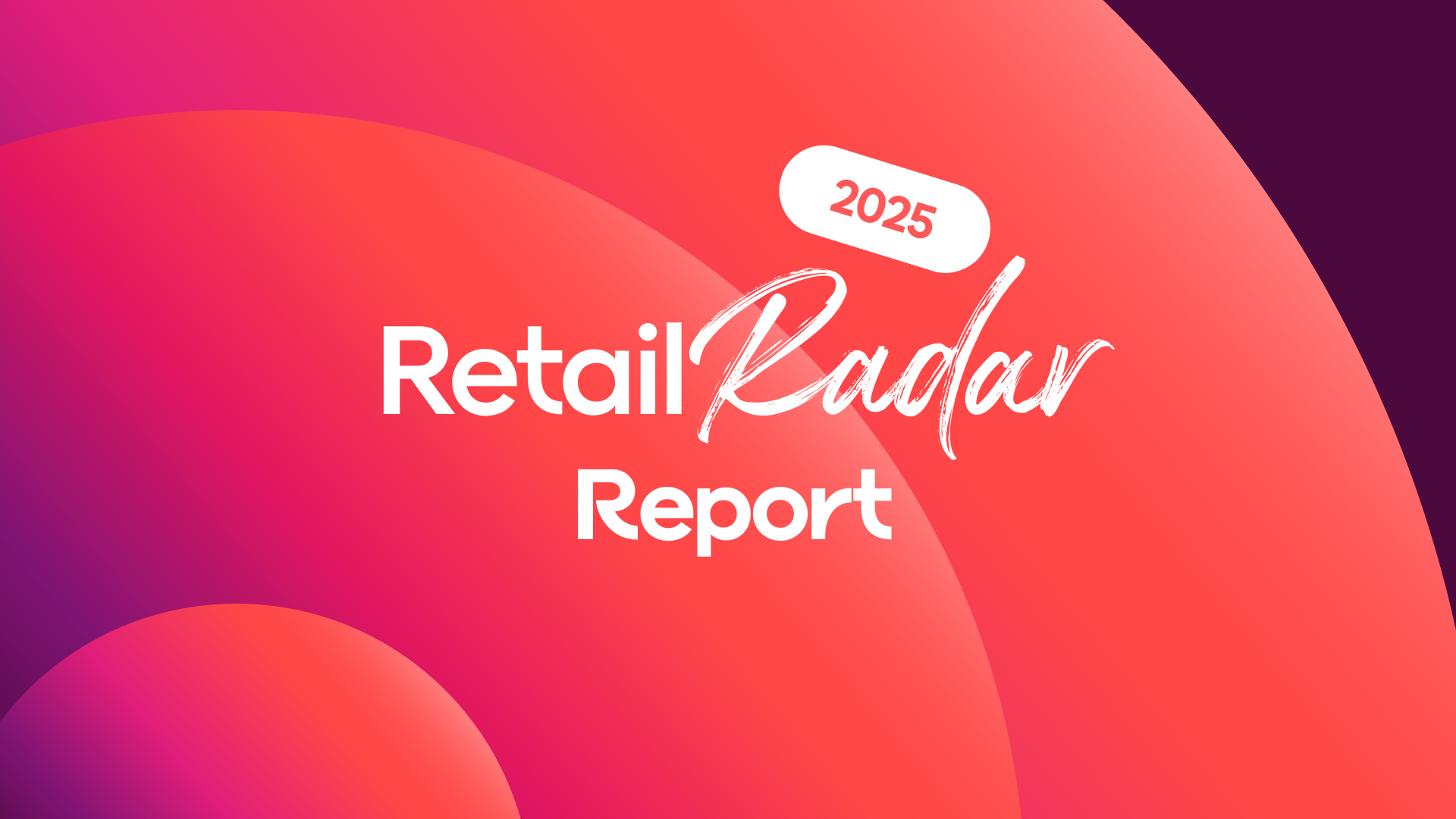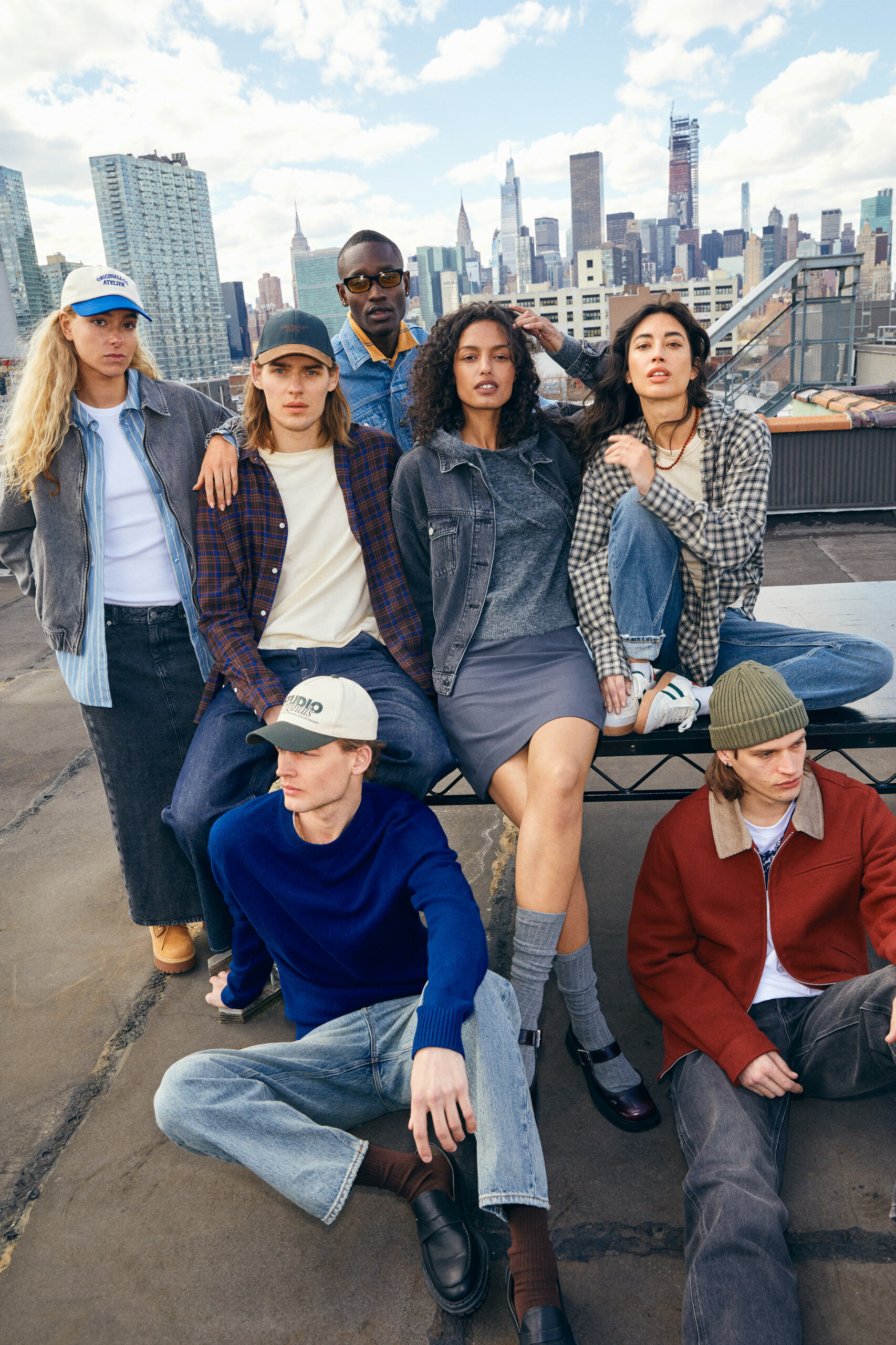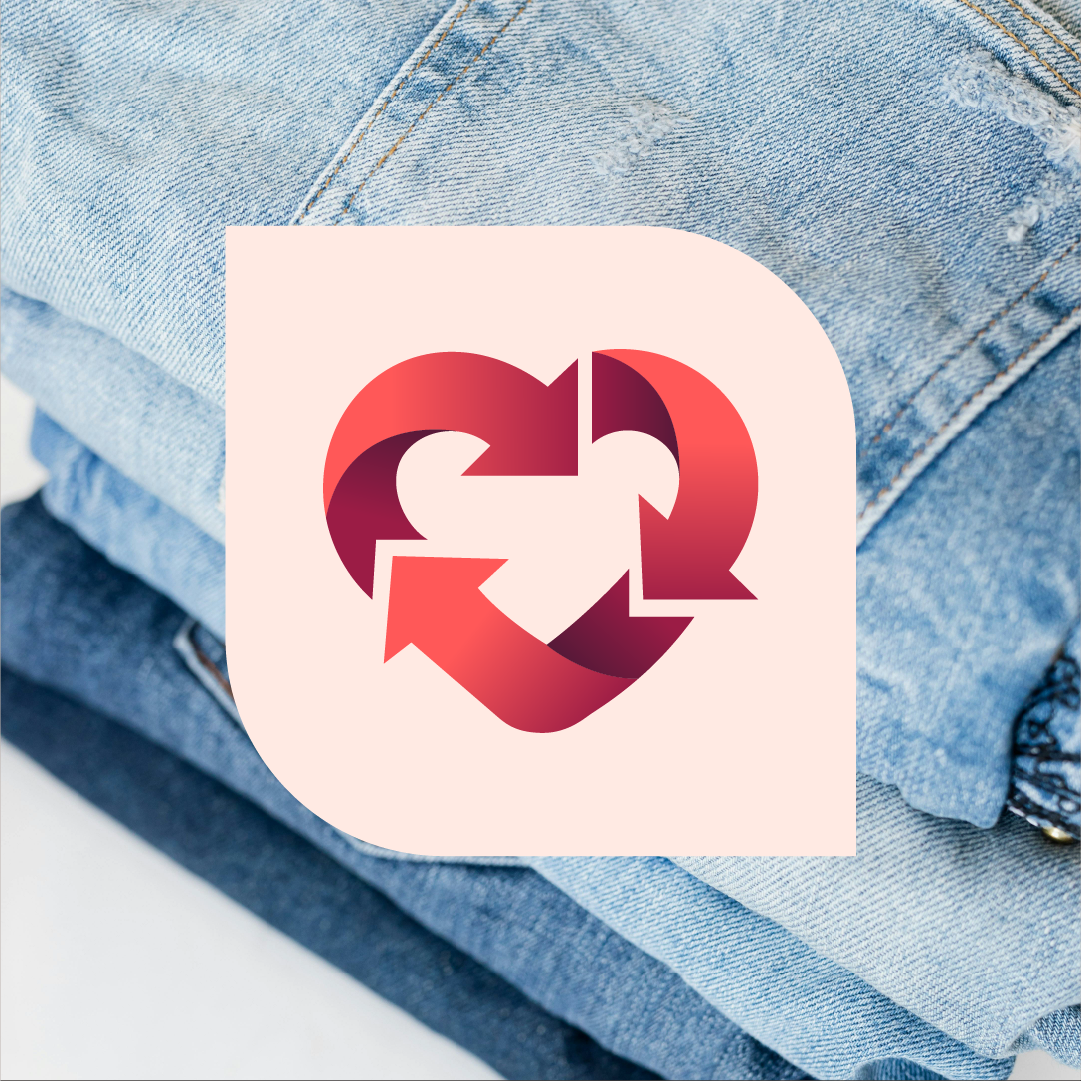What is the circular economy in fashion?
The model many of us are familiar with is linear. Products are created, consumers purchase them, and when they are no longer wanted or needed, they’re discarded as waste. Now the fashion industry is moving towards a circular economy. But what is that?
The circular economy is “…a system where materials never become waste and nature is regenerated.” Instead of consumers buying and then throwing items away when they no longer need or want them, they find a way to reuse or repurpose them, recycle them, or resell them.
It also means that producers are more conscious of how their products are produced to avoid creating potential waste. Sustainability is built-in right from the start. Can a product be made out of compostable materials? Are there opportunities to use recycled textile materials in new garments? Do you offer buy-back options that allow you to resell or rent the clothing?
There are exciting opportunities for fashion brands and retailers when moving to a circular economy.
We’ll dig into what the process tends to look like.
The circular economy process in fashion
It’s all about designing for sustainability right from the start and considering the life cycle of a product, all the way to when it needs to be reused, recycled, resold, or repurposed. It means making products from recycled materials and ensuring the products can be easily and safely recycled.
Let’s go through each step in the process!
Eco-friendly and sustainable material sourcing
There are quite a few elements that go into sourcing sustainable materials. We’ll dive into just the types of materials, but if you’re curious about diving deeper, you can get lots of great information and data from Textile Exchange.
So, let’s talk about types of materials! We can think of materials in three main categories: synthetic, natural, and recycled fibers. Synthetic fibers are made from petroleum-based chemicals.
Some examples of these synthetic fibers are:
- Polyester
- Acrylic
- Nylon
- Rayon
Examples of natural fibers:
- Wools
- Cotton
- Linen
- Silk
- Hemp
Recycled fibers come from the above materials and are reworked to create a new end product. The recycled fibers can come from recycled textiles or other recycled products like plastic water bottles.
There are drawbacks and benefits to using both synthetic and natural fibers. Recycled fibers can also be costly and complicated to create, and aren’t always as sustainable as one may think. However, like we mentioned in the beginning, in a circular economy you need to select the ones you will be able to put back into the production cycle again. With this top of mind, it will help you make better decisions about which materials to source and from where.
Design for durability, reparability, and recyclability
When choosing materials and producing your products, keep these elements in mind.
Durability
By “durable,” we’re talking about garments built to last. This means securely sewn seams, materials resistant to tearing, reinforced areas prone to damage, and colors that maintain their vibrancy over time. While consumers play a role in caring for their garments, you can enhance longevity by providing clear care instructions and reinforcing garments where feasible.
Repairability
Providing recourses for repairing is also important. Many of us are familiar with the extra buttons we get with our jackets. What other options can you provide? Maybe one alternative is to provide a discounted tailoring and repair service.
Recyclability
Recyclability is crucial, beginning with the choice of materials and extending to providing consumers with the resources needed to recycle their products and reintegrate them into the production cycle.
Sustainable production practices & traceability
Where materials come from, how they’re made, and who’s behind the production—it all matters! For example, who is making the garment and are they being paid fairly? Are toxic materials being used? If so, is there a risk those toxic materials are running into the soil or oceans and causing damage?
Since there are many players when it comes to creating garments, it’s challenging to know if all suppliers at every stage of production are using sustainable practices. This is where the concept of traceability is important. nt. Traceability “…describes the process of tracing the origins, movement, and evolution of products and materials.” It helps businesses be more aware of how their products are being sourced and produced. It’s no easy task, but it’s a critical one.
TrusTrace, a company specializing in traceability, suggests three key things to think about when starting your traceability journey:
- Understand your product journey
- Understand the key suppliers for particular products
- Manage evidence and prove the authenticity of products
Distribution models that minimize environmental impact
Once everything is sourced and produced, it’s time to get it out to consumers. In this stage, it’s also necessary to track and trace how products are getting packaged, how many intermediaries there are, and if they’re delivered in an environmentally friendly way.
Distribution starts with the packaging. A study done in 2021 showed that around 44% of consumers avoid buying products with a lot of packaging. With increased awareness and concern, it isn’t unexpected that these numbers will be higher in 2024. Don’t over-package your products, and select eco-friendly, compostable materials when possible.

Consider where you can reduce the number of intermediaries when products get delivered. For example, can you deliver directly to the consumer and skip the delivery to the warehouse for storage?
Partner with delivery companies that are also committed to reducing their environmental impact, and offer eco-friendly delivery methods.
There are more ways to get creative and sustainable with your distribution methods. We’ve just covered some basics to get you started! The first step, however, is knowing the journey your products take once they are ready to be sold.
End-of-life strategies: recycling, upcycling, or composting
We can call it end-of-life strategies, but in the circular economy, the goal is to reintegrate products into the production cycle for reuse. It’s about giving new life to items: recycling, upcycling, and composting are the key avenues for achieving this transformation.
Recycling
Let’s delve into recycling! Did you know that in 2021, less than 1% of textiles were recycled into new clothing fibers? While advancements are being made in textile recycling technology, progress takes time. However, recycling clothing isn’t solely about creating more apparel; it can also yield fibers for insulation and padding.
What can we do? Encouraging consumers to re-wear their garments is one option, as is collaborating with re-selling partners to give products a second life. Additionally, creating your own platform for selling older or repaired garments is a viable route to explore. Take inspiration from Filippa K, a Swedish luxury brand that has done just that!
Upcycling
Instead of breaking down the fibers to be made into something completely new, or reselling the pre-owned item, why not make a few adjustments?
Upcycling is about getting creative with existing materials. It’s a fun and inventive process of transforming unused fabrics or scraps into something fresh and exciting. Whether it’s repurposing unsold jeans or utilizing leftover materials from production, the goal is to reimagine and breathe new life into these items. How can your designers rise to the challenge of crafting something innovative from existing fabrics and garments? Nimble Patch, a children’s brand from Sweden, is a great source of inspiration for those looking to do the same!
Composting
Imagine if you’ve designed a compostable garment! Now, it’s crucial to provide consumers with the know-how of where to dispose of their garments to minimize environmental impact and achieve optimal composting results. This ensures that the material’s resources are reintegrated into the cycle, contributing to other sources of energy without putting a strain on our planet.
Benefits of the circular economy in fashion
A circular economy not only means a healthier planet for all of us. It also means cost-savings and new opportunities for fashion brands.

Environmental benefits
A circular economy means we are reusing the resources we already have in the cycle. It puts less strain on the earth’s resources, and fewer carbon emissions and less waste will be created.
By using what we already have produced, we can get the most out of that material and allow time for the biodiversity and regeneration of resources to occur.
Economic benefits
By utilizing materials you already have on hand, you can avoid the need to purchase new ones. Take upcycling, for instance—it opens the door to exciting and inventive design opportunities using materials you’ve already invested in. Plus, by reselling your products, you can generate additional profit from items you’ve already sold once.
Social benefits
Communities around the world are significantly impacted by fashion waste. In early February 2024, protestors held a demonstration showing the amount of waste that ends up in the Kantamanto Market in Accra, Ghana in just one week. The pile was 3.5 meters high and 12 meters wide.
At the production level, communities that source and create the products can be exposed to toxic materials that negatively impact their health. There is also the risk of toxic materials running off into soil and water, making the health impact on those communities much larger than just those working with sourcing or creating the material.
Consumer benefits
For consumers, the benefits are garments that last longer. A circular economy means consumers get to love the item as long as they can, and if they ever choose to part with it, there are sustainable options available for them to do so. If choosing to buy second-hand or an upcycled item, it can also mean more cost-effective fashion choices.
Examples of the circular economy in fashion
Many fashion brands are working hard to shift to a circular economy and more sustainable fashion. Some have been created with this in mind from scratch! Below are a couple of examples of fashion brands that are working with the circular economy.
Asket
Asket is a Swedish fashion brand whose mission is to create sustainable clothes that stay out of landfills. They strive for full transparency of how the materials are sourced and made, and they design garments to be worn year-round instead of seasonal collections. They’ve also implemented repair and take-back programs, taking responsibility for the garment’s end-of-life.
Asket enhances transparency by offering detailed information and reports on their website, ensuring consumers can easily grasp the sustainability initiatives they’re undertaking. They actively contribute to the circular economy by integrating sustainability and reuse into every stage of garment production, from sourcing and design to end-of-life considerations.
Houdini Sportswear
Houdini Sportswear describes its designs as, “minimalistic and stripped from unnecessary details, just like nature itself.” Their design checklist considers things like versatility, aging of fabrics, ease of repair, and ensuring no unnecessary elements get added. They also offer extensive information to consumers about care and repair options and will resell the garments you don’t want anymore.
Houdini uses 100% sustainable fabrics and implements methods to ensure their fiber combinations are easily reusable and recyclable. For example, they prioritize simplicity in material composition, avoiding mixing natural and synthetic fibers to streamline recyclability.
The CEO of Houdini Sportswear, Eva Karlsson, also believes in open-source sustainability. This collaborative approach encourages sharing inspiration and knowledge among competitors and customers, fostering collective progress and success.
Wrapping it up
We’ve delved into the exciting shift towards a circular economy in the fashion industry. With consumers putting pressure on the industry to become more sustainable, and our shared desire to protect our planet, the time for change is now.
From sourcing materials to crafting end-of-life strategies, the possibilities for meaningful transformation are endless. These changes not only benefit consumers with longer-lasting products but also provide brands with cost-saving opportunities and innovative business prospects using materials that would have otherwise gone to waste.
By embracing the circular economy, fashion brands can pave the way for a more sustainable future while meeting consumer demands. It’s a triple win—for brands, consumers, and the planet. Let’s reimagine design, production, and consumption to build a more responsible and resilient industry together.
 Voyado Engage
Voyado Engage  Voyado Elevate
Voyado Elevate  Powered by Bonnie AI
Powered by Bonnie AI 








